A Brief History of Poppies and Veterans Day
Every year on November 11, countries around the world pay tribute to their veterans in honor of the anniversary of the end of World War I. Although various names are associated with the day - Veterans Day, Remembrance Day, or Armistice Day - there is one unifying symbol: poppies.
In the United States, Armistice Day was first observed in 1926, following a Congressional resolution, though November 11 did not become a legal holiday until 1938. Later, after the end of the Second World War, a veteran named Raymond Weeks began leading celebrations for all veterans on November 11, not just those from World War I. His efforts eventually prompted Congress and President Eisenhower to expand the federal holiday to honor all veterans and rename it Veterans Day. Weeks later received the Presidential Citizenship Medal for his efforts.
John McCrae, a Canadian World War I surgeon, had a strong love for poetry from a young age. He volunteered to serve at age 41, already a seasoned physician. McCrae would go on to serve in the Second Battle of Ypres, located in the Flanders region of France, one of the first battles ever to see chemical warfare. During the battle, McCrae’s close friend, Lieutenant Alexis Helmer, was killed. McCrae buried Helmer himself, noting how quickly poppies grew around Helmer’s grave. The next day, as he repeatedly looked back at his friend’s grave, he sat and wrote the poem “In Flanders Fields” in twenty minutes. Published at the end of 1915, it quickly became the most popular poem of its time and was used throughout the rest of the war to raise morale in the fight against Germany.
Poppies have been known to grow over soldiers’ graves since the Napoleonic Wars, but McCrae’s poem cemented their use as a symbol of remembrance for veterans. An American professor named Moina Michael started the practice of wearing a red poppy to honor veterans, which quickly spread throughout the United States, Britain, Canada, and many other countries, even to this day.
The poppy remains a widely recognized symbol in many countries. In the United Kingdom, individuals wear poppies on their lapels in the runup to November 11, during which time approximately 40 million poppies are distributed throughout the nation. In Belgium, poppies are dropped from the top of the Menin Gate Memorial to the Missing, located in Ypres (The Menin Gate also includes the name of Alexis Helmer). In several countries, poppies are sold to raise funds for veterans and their families.
John McCrae is memorialized in Canada and Belgium with statues and streets named in his honor. Yet his most enduring legacy can be seen each November on the lapels of millions worldwide.
In Flanders fields the poppies blow
Between the crosses, row on row,
That mark our place; and in the sky
The larks, still bravely singing, fly
Scarce heard amid the guns below.
We are the Dead. Short days ago
We lived, felt dawn, saw sunset glow,
Loved and were loved, and now we lie,
In Flanders fields.
Take up our quarrel with the foe:
To you from failing hands we throw
The torch; be yours to hold it high.
If ye break faith with us who die
We shall not sleep, though poppies grow
In Flanders fields.
-John McCrae




